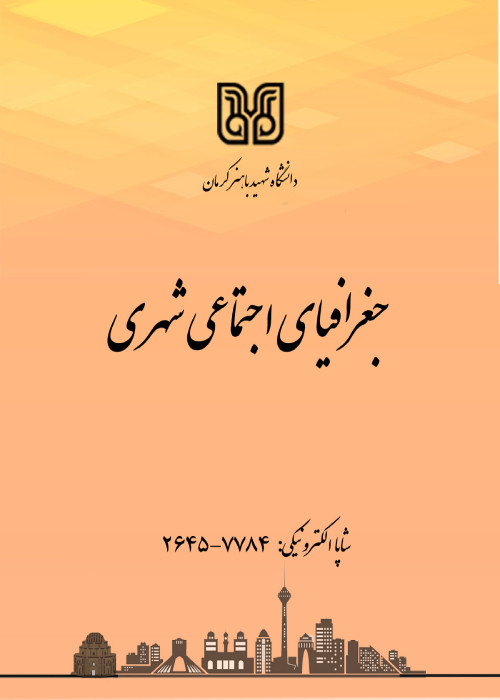Pathology of urban management in the ethnic city (Case study: Nourabad city, Lorestan province)
Promotion of villages to cities at the center of the settlement of nomads and villagers have shaped a particular type of city in contemporary Iran. These cities have become the destination for nomadic and rural migration from the surrounding areas and with features such as rapid population growth, the weakness of political culture and social-spatial segregation, they have been caught up in a cycle of inefficiencies in urban management. Accordingly, the main purpose of the present paper is the pathology of urban management in the ethnic city.
Current paper is analytical–descriptive according to nature. Requirement data and information were gathered by documentary and field methods. The population of the study consisted of citizens of Nourabad city and urban planners and specialists including municipality staffs, mayors and counselors of Nourabad municipality. According to Cochran''''s formula and financial and time constraints of the research, the sample size of the study consisted of 200 citizens and 60 urban management experts in the city of Nourabad.
The results of T-test indicate that, in terms of local residents, two factors of ethnicity and religious affiliation are significantly the most important factors affecting the way citizens choose the council members. In addition, according to respondents, lobbying and ethnicity were the most important measures in selecting the mayors. Citizens'''' satisfaction with the performance of Islamic councils in Nourabad city was at a low level and more than 68% of respondents expressed their dissatisfaction with the performance of the councils. The analysis of the opinions of mayors, counselors and employees of the municipality indicates that members of the city council interfere in the municipal administration in various ways, such as installing and disposing of personnel, interfering in the choice of the contractor, directing development projects to particular parts of the city.
In a feedback process, the council derived from the socio-spatial structure based on ethnicity has led to the choice of the mayor on the basis of individual and ethnic interests and thereby, through interference with the municipal administration, has provided the ground for the inefficiency of urban management.
- حق عضویت دریافتی صرف حمایت از نشریات عضو و نگهداری، تکمیل و توسعه مگیران میشود.
- پرداخت حق اشتراک و دانلود مقالات اجازه بازنشر آن در سایر رسانههای چاپی و دیجیتال را به کاربر نمیدهد.



